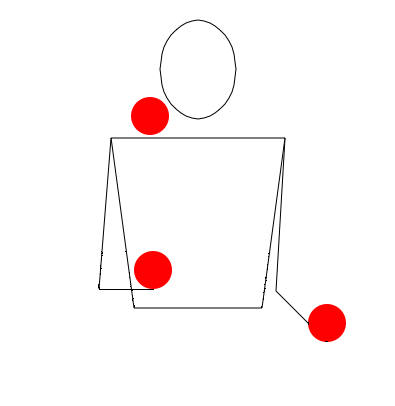Questions of light and motion, ten years in the asking, suddenly began to come clear. By 1905, Einstein simply accepted that the speed of light was absolutely constant everywhere in nature. But that left the problem of motion. There is no difficulty measuring speed here on Earth. As far as a juggler at the castle can tell, he is standing still, while his twin on the boat juggles away at five miles an hour. Meanwhile, the juggler afloat sees it differently. He stands still while the lake, the shore, and his twin recede at five miles an hour. That's the principle of relativity, the idea that both jugglers can use the same laws of physics to describe the motion of the pins. But light is the wild card. Einstein was convinced that if a beam of light passes both the juggler at rest and the juggler in motion, each would measure the same speed for light. But how could that work? What happens to allow both jugglers to agree on the speed of light? That's when the breakthrough came. Speed is simply a measure of distance traveled in a unit of time, and Einstein realized that if the speed of light never changes, then something else must vary. What if, Einstein asked himself, the speed of light is constant, but the flow of time is not? It was an instantly radical thought. To everyone but Einstein, time was absolute, unchanging, the steady beat of the universe. (source: http://www.pbs.org/wgbh/nova/transcripts/2311eins.html)
Juggling three torches in a cascade pattern (time-lapse photograph)



